
Turning Gold Into Sight: A Revolutionary Nanotherapy That Could Help Restore Vision
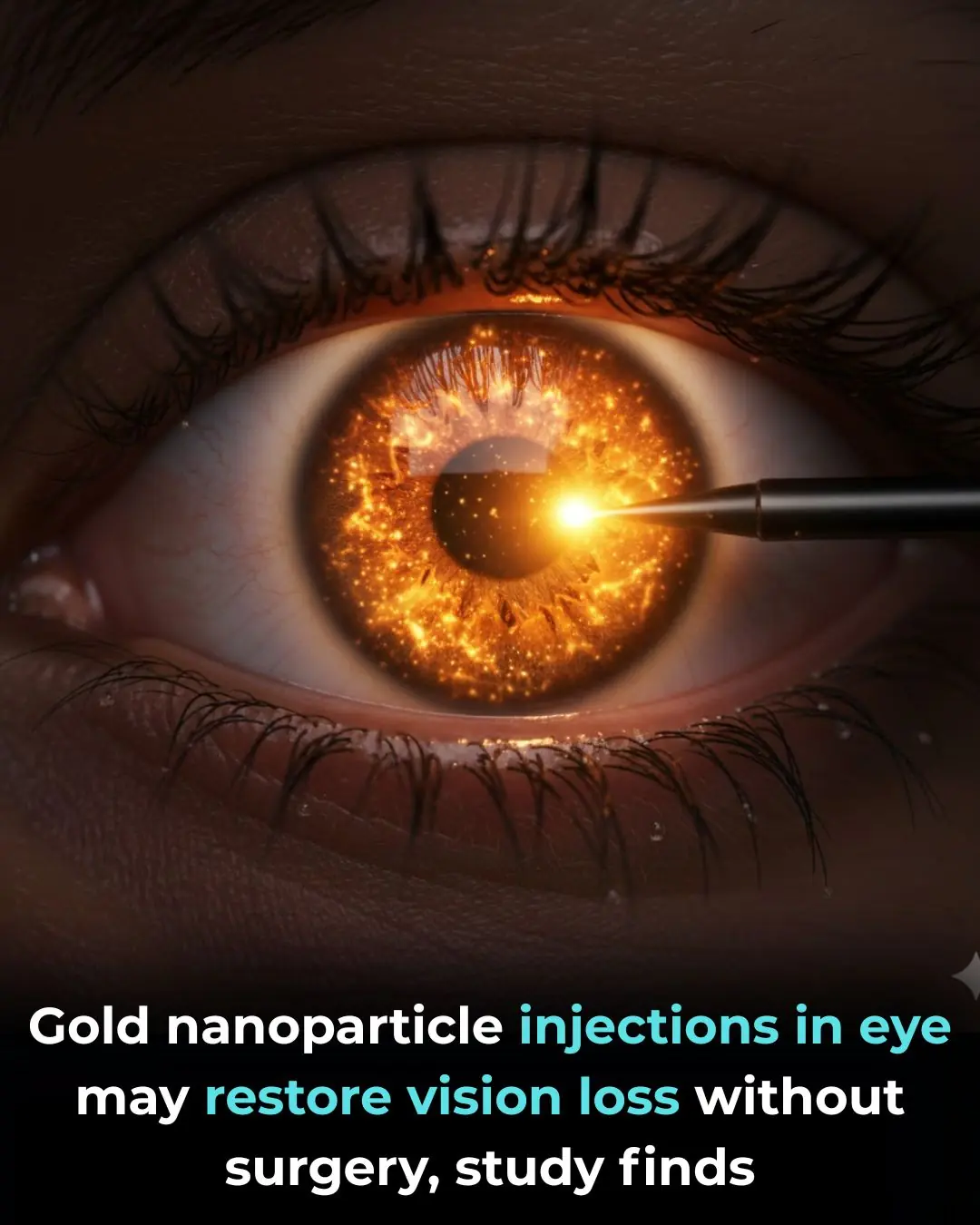
For centuries, gold has been associated with wealth, power, and beauty. Now, in a stunning twist of science, it may also become a key to restoring human vision. Researchers are exploring a groundbreaking experimental therapy that uses gold nanoparticles injected into the eye to help revive sight in individuals suffering from certain types of blindness — all without the need for invasive surgery.
While the research is still in its preclinical stages and has not yet been tested in humans, the early results in animal models are nothing short of extraordinary. Scientists believe this innovative approach could one day offer hope to millions of people who have lost their vision due to degenerative eye conditions.
The Science Behind the Gold: How It Works
The retina, a thin layer of tissue at the back of the eye, plays a crucial role in vision. It contains specialized cells called photoreceptors, which convert light into electrical signals that are sent to the brain through the optic nerve. In diseases such as macular degeneration and retinitis pigmentosa, these photoreceptors gradually deteriorate or die, leading to partial or complete blindness.
To overcome this damage, scientists are experimenting with gold nanoparticles — incredibly small particles of gold that can be injected directly into the eye.
Once inside the eye, these nanoparticles are stimulated using near-infrared light. This type of light, invisible to the human eye, can safely pass through tissue. When the nanoparticles absorb the light, they produce tiny bursts of heat. These minuscule heat signals activate nearby retinal cells that would normally be missed due to photoreceptor damage.
In essence, the gold nanoparticles act like artificial photoreceptors, replacing the lost function of damaged cells and allowing visual information to be transmitted again.
A Breakthrough: Signals Reaching the Brain
Perhaps the most promising finding comes from recent animal studies. After the gold nanoparticles were activated with near-infrared light, researchers observed that visual signals traveled all the way to the brain’s visual cortex — the region responsible for processing what we see.
This means that the brain was actually receiving and interpreting visual information again.
In simple terms: the brain could “see.”
This discovery is groundbreaking, as it confirms that even after severe retinal damage, the visual pathway from the eye to the brain may remain intact and capable of reactivation.
No Surgery Required: A Major Advantage
One of the most exciting aspects of this potential treatment is that it does not require major surgery. Many current vision-restoration technologies, such as retinal implants and artificial vision devices, involve complex surgical procedures that carry risks and require long recovery times.
This new method would rely on injection plus external light stimulation, making it much less invasive. That could mean:
-
lower risk of complications
-
quicker recovery
-
greater accessibility for patients
-
potential for outpatient treatment in the future
If proven safe and effective in humans, this therapy could transform the way vision loss is treated.
Who Could Benefit?
Although the treatment is still being researched, scientists believe it could help people with:
-
Age-related macular degeneration (AMD)
-
Retinitis pigmentosa
-
Other degenerative retinal diseases that destroy photoreceptors
These conditions currently have no cure and affect millions of people worldwide. For many, vision loss is progressive and irreversible. Even slowing the damage is considered a major medical achievement. The possibility of actually restoring vision opens an entirely new chapter in eye care.
A Hopeful Future
It is important to emphasize that this therapy is not yet available for humans. The research is still in the experimental stage, and extensive testing is required to ensure it is safe, effective, and ethical for use in people.
Still, the idea that tiny gold particles, guided by light, could help restore sight feels almost like science fiction. Yet, science continues to push the boundaries of what is possible.
Imagine a future where someone who has lived in darkness for years can suddenly see their loved ones again. A future where blindness is not permanent, but treatable. Where vision is no longer lost forever.
Thanks to advances in nanotechnology, neuroscience, and biomedical engineering, that future may be closer than we ever imagined.
News in the same category


Hawaii Is Releasing Mosquitoes From Drones — And It Could Help Save Species From Extinction

Young Student's Determination to Support His Education Inspires Viral Act of Kindness

Gary ‘Mani’ Mounfield of Stone Roses and Primal Scream dead at 63

Rumer Willis gives heartbreaking update on dad Bruce’s dementia battle

Watch Jelly Roll's daughter's savage reaction to slimmed-down singer shaving his face for first time in a decade

YOUTUBER WHOSE PARTNER SPLIT UP WITH HIM AFTER ‘HUMILIATING’ WEDDING ACT SPEAKS OUT ON ARREST
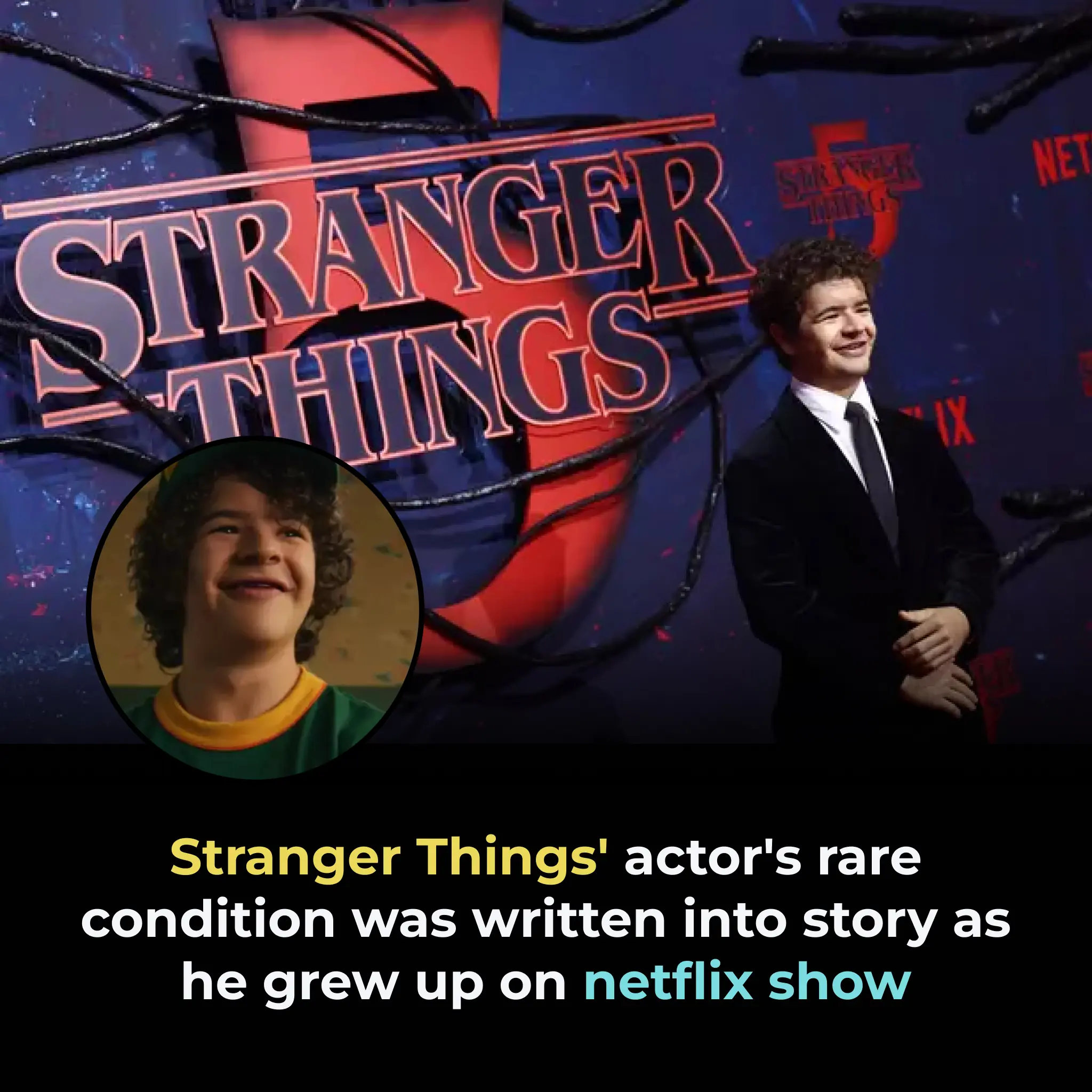
STRANGER THINGS' ACTOR'S RARE CONDITION WAS WRITTEN INTO STORY AS HE GREW UP ON NETFLIX SHOW
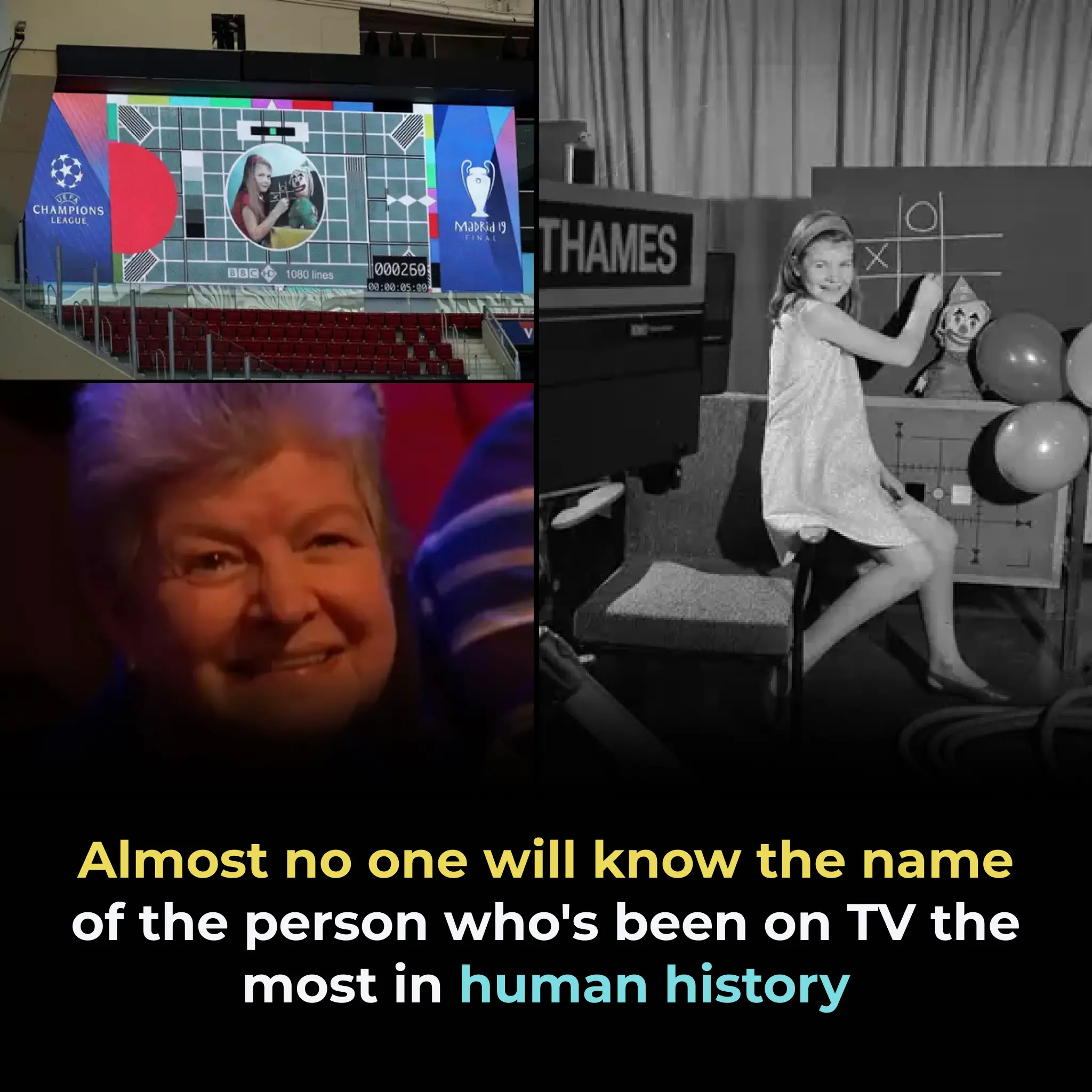
ALMOST NO ONE WILL KNOW THE NAME OF THE PERSON WHO'S BEEN ON TV THE MOST IN HUMAN HISTORY
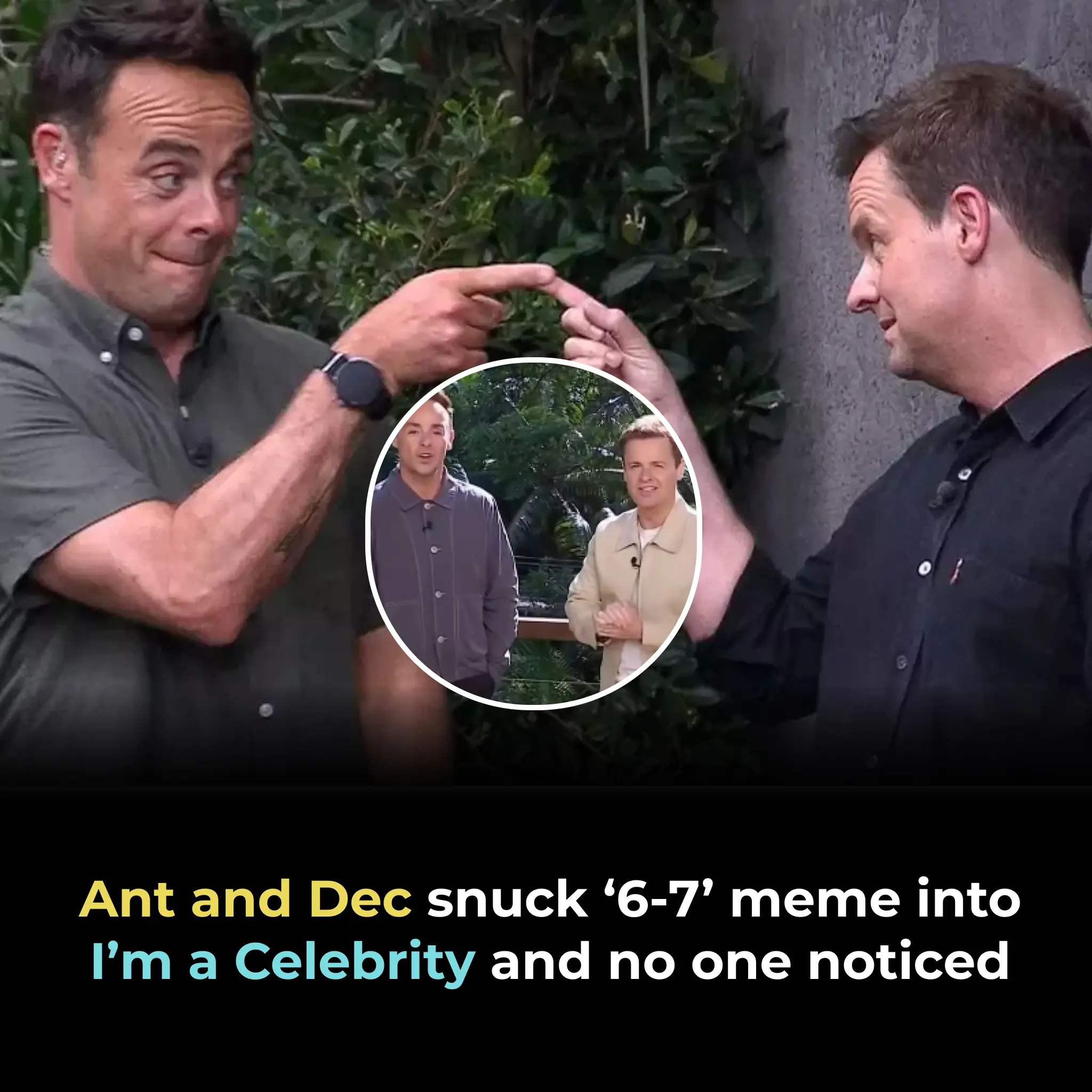
ANT AND DEC SNUCK ‘6-7’ MEME INTO I’M A CELEBRITY AND NO ONE NOTICED
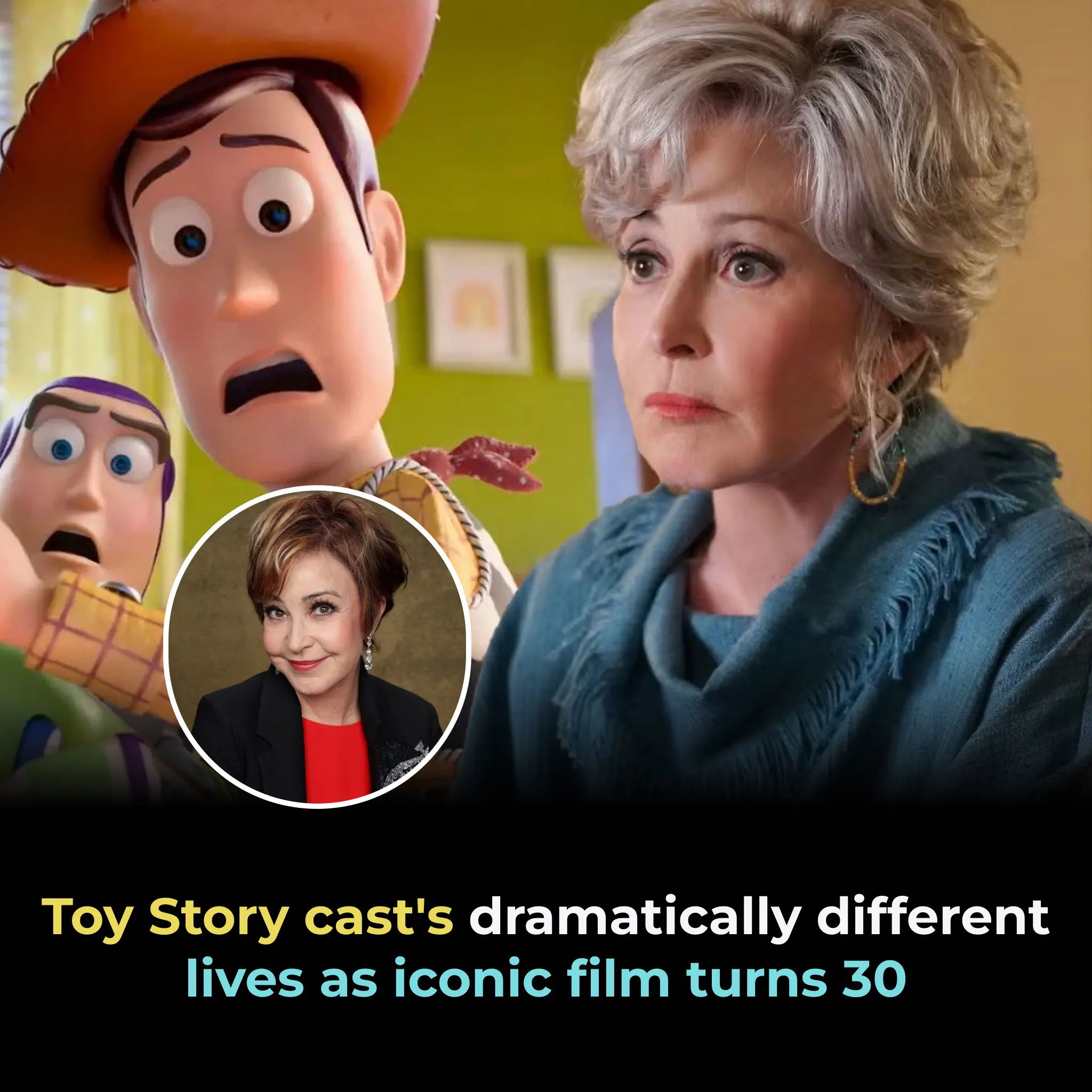
Toy Story cast's dramatically different lives as iconic film turns 30

Iman Shumpert’s Daddy-Daughter Photo Started The Most Heartwarming Twitter Thread About Fatherhood

Watch JAY-Z Stop Mid-Concert To Tell This Nine-Year-Old Girl That She Can Be President

‘Breakfast With Dads’: Almost 600 Men Show Up To Mentor South Dallas Middle School Students

Chadwick Boseman, Sheryl Lee Ralph And Brandy All Named In The Hollywood Walk Of Fame Class Of 2024
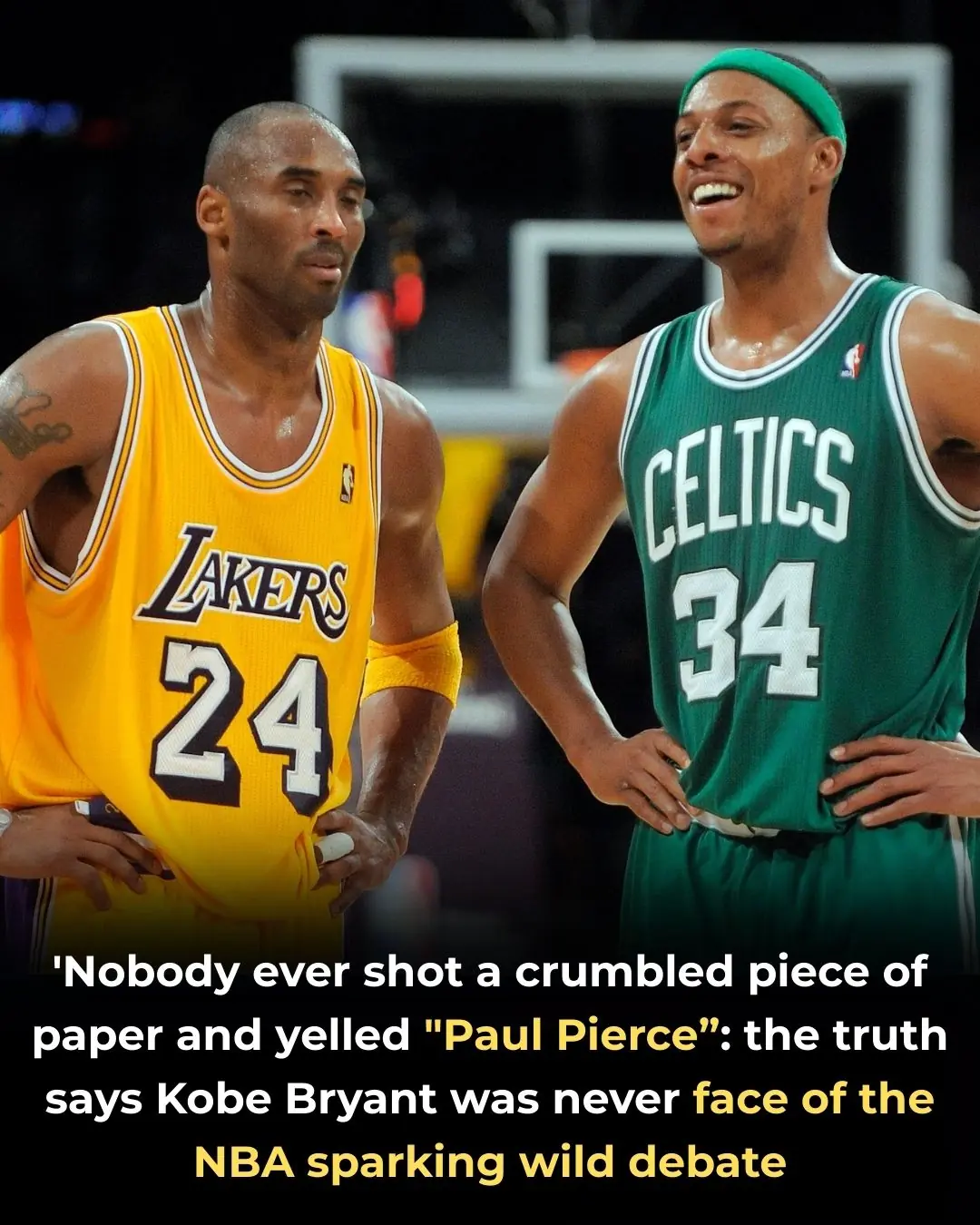
‘Nobody Ever Shot a Crumbled Piece Of Paper And Yelled “Paul Pierce”‘: The Truth Says Kobe Bryant Was Never Face Of The NBA Sparking Wild Debate

Why the CEO of Black-Owned Beauty Brand The Honey Pot Turned Down a $450M Offer

Long-Lost Brothers Reunite After 20 Years And Discover They Attend The Same College

Steph Curry & Michelle Obama Team Up to Launch Healthier Sports Drink Alternative ‘PLEZi’
News Post

Onion Oil for Hair: The Smelly Secret to Long, Lush Locks

What does it mean to walk with your hands behind your back?

The Hidden Power of Mango Seed
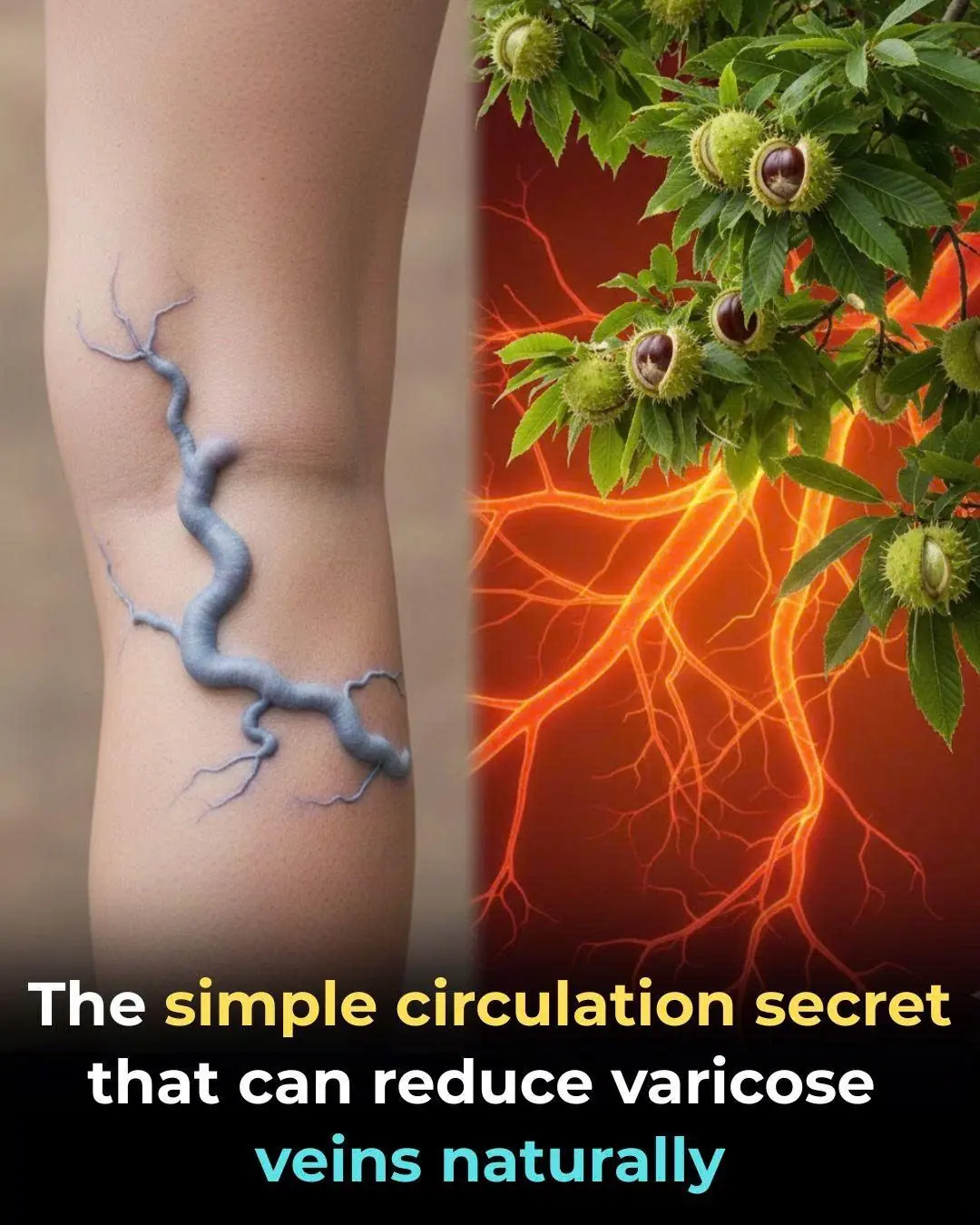
The simple circulation secret that can reduce varicose veins naturally

Doctors Reveal What Really Happens When You Eat Avocado Every Day

Home Alone During a Heart Attack …5 Critical Steps That Could Save Your Life

Rice Baby Oil Collagen Cream For Wrinkle Free Glowing Skin
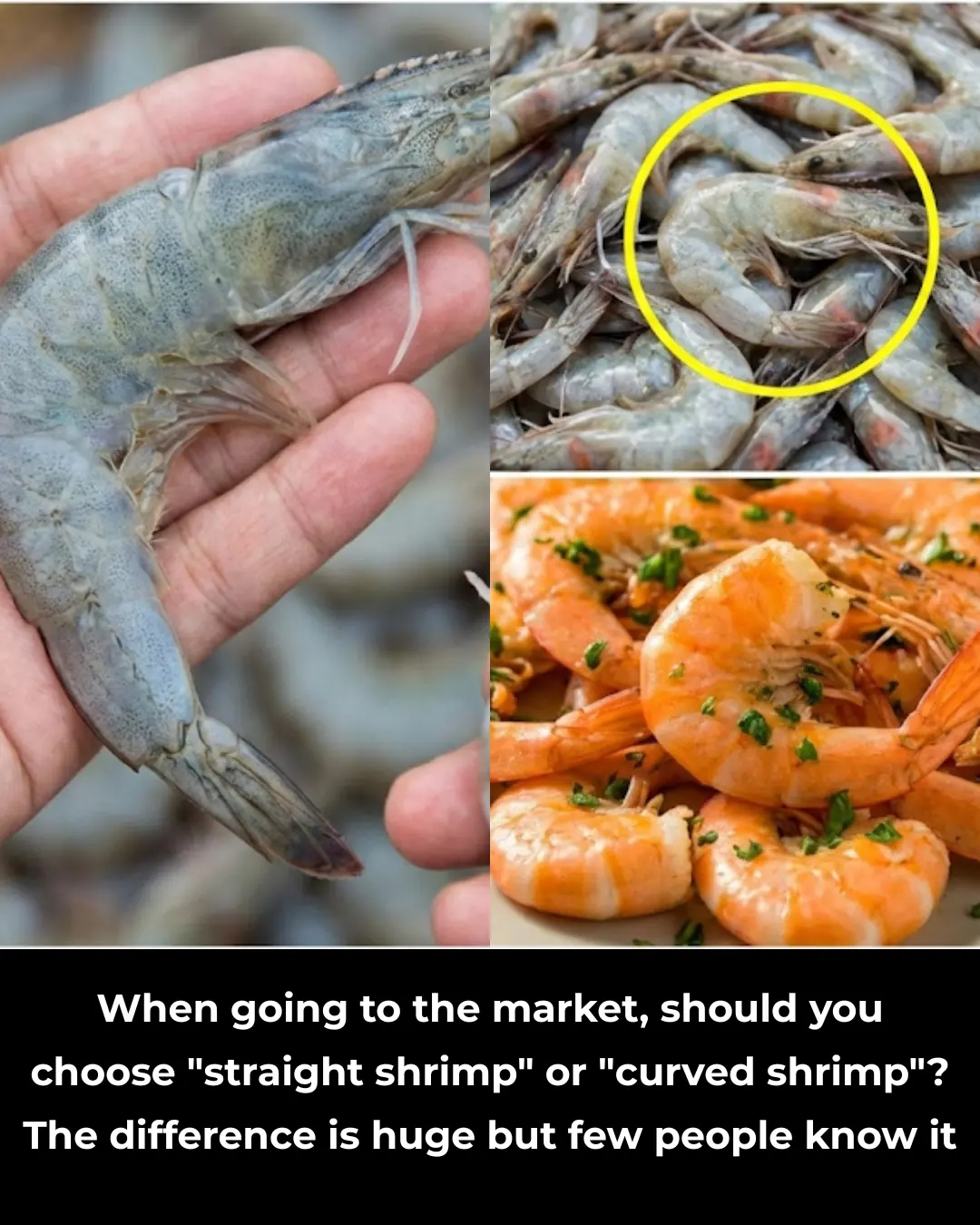
When Buying Shrimp: Should You Choose Straight or Curved Ones? The Difference Is Huge but Few People Know

Tiny Wings, Mighty Legacy: How Bees Create Honey and Sustain Life on Earth

Don’t Throw Away Overripe Bananas – The Black-Spotted Ones Are a Nutritional Treasure

Hawaii Is Releasing Mosquitoes From Drones — And It Could Help Save Species From Extinction
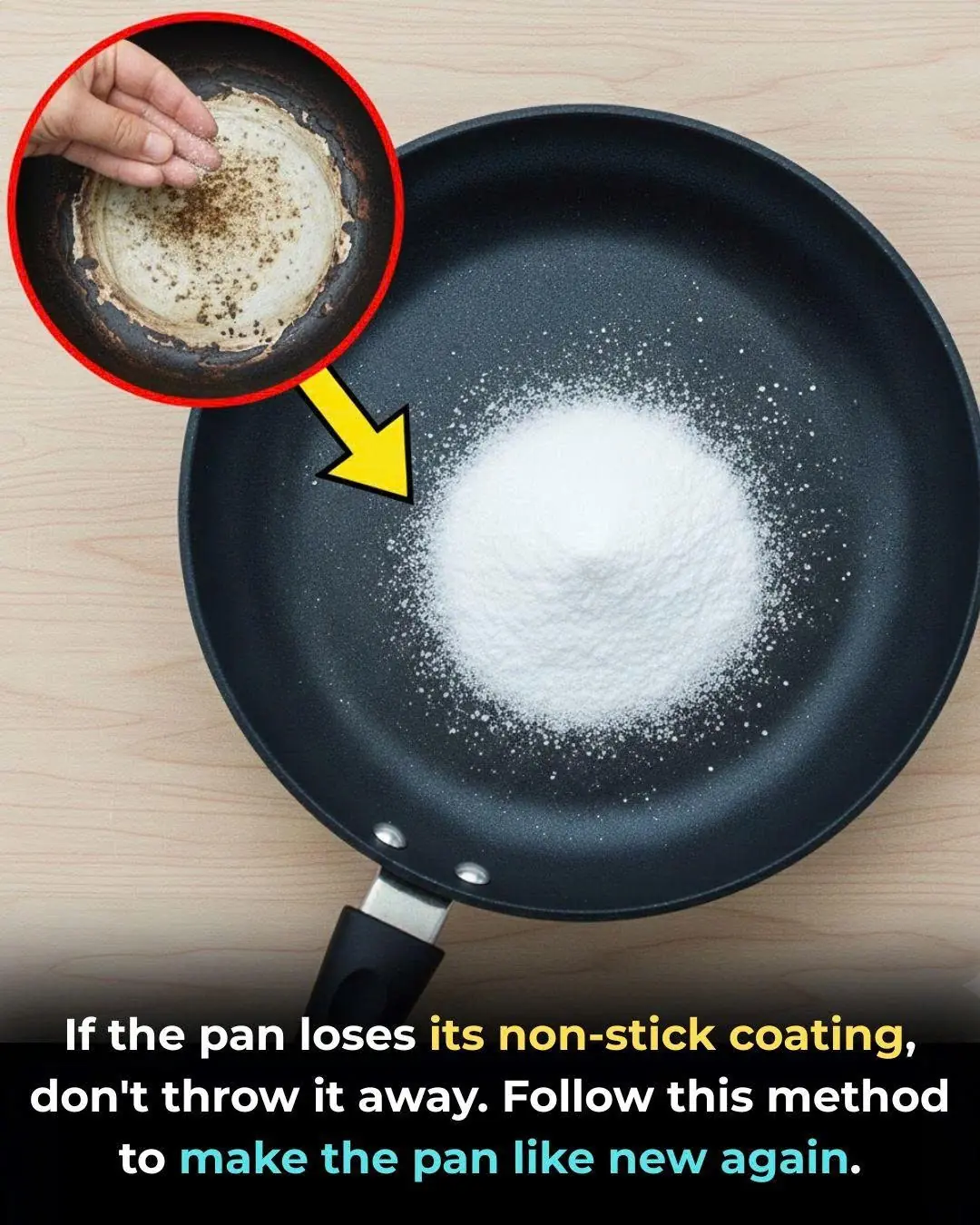
Your Non-Stick Pan Lost Its Coating? Don’t Throw It Away – Here’s How to Use It Like New
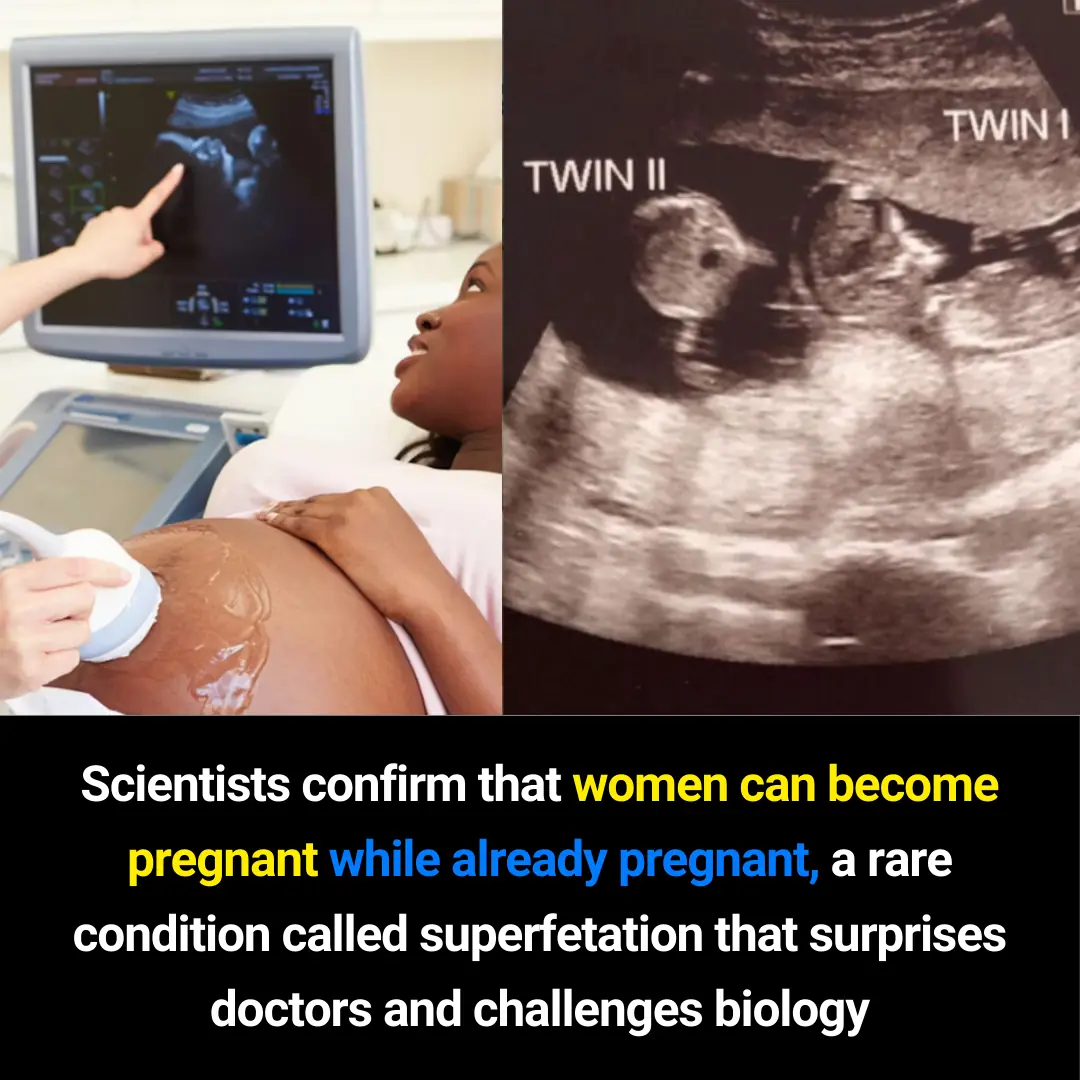
Superfetation: The Rare Phenomenon of Becoming Pregnant While Already Pregnant
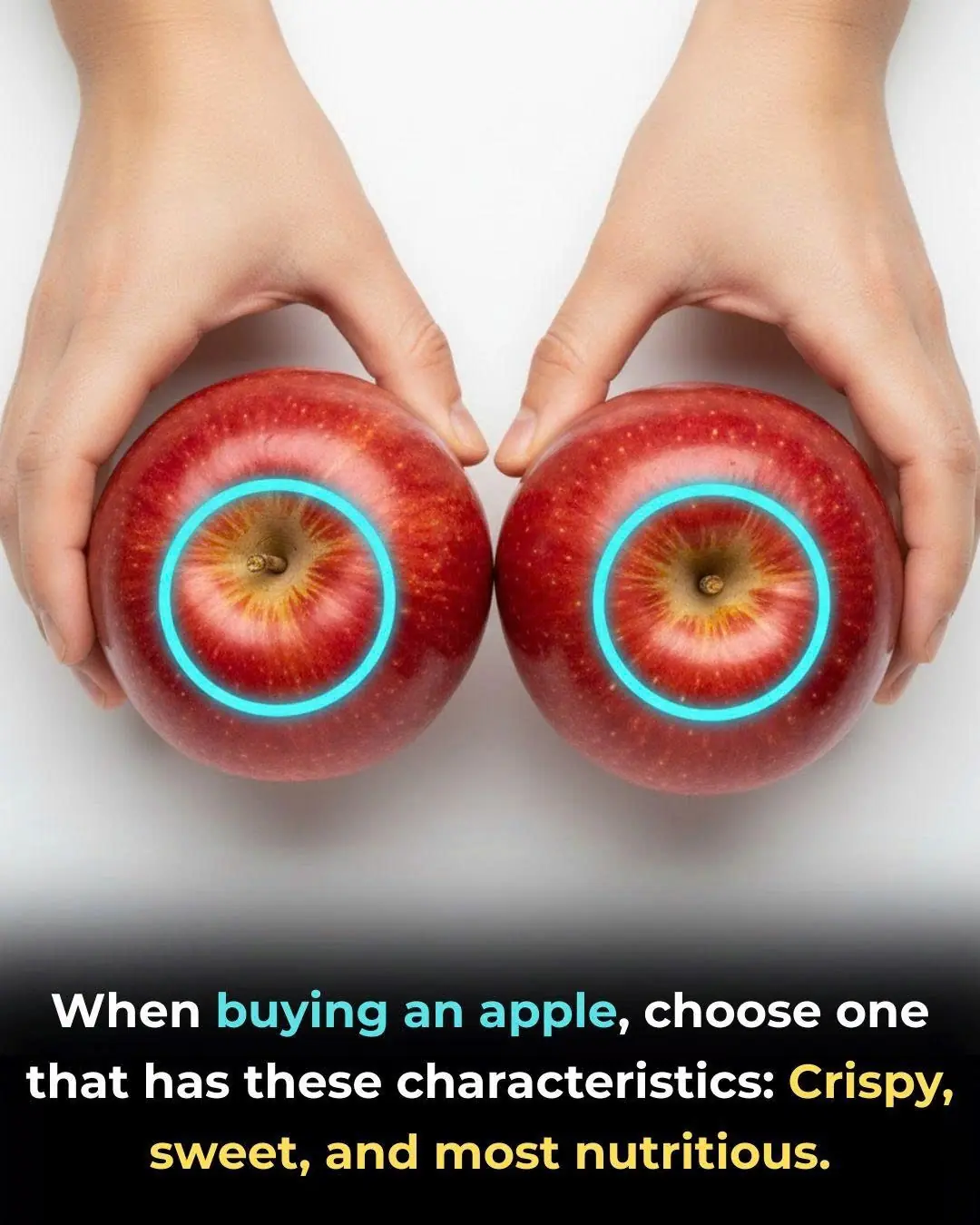
How to Choose the Best Apples: The Crispest, Sweetest, and Most Nutritious Ones (Updated for Nov 11, 2024)
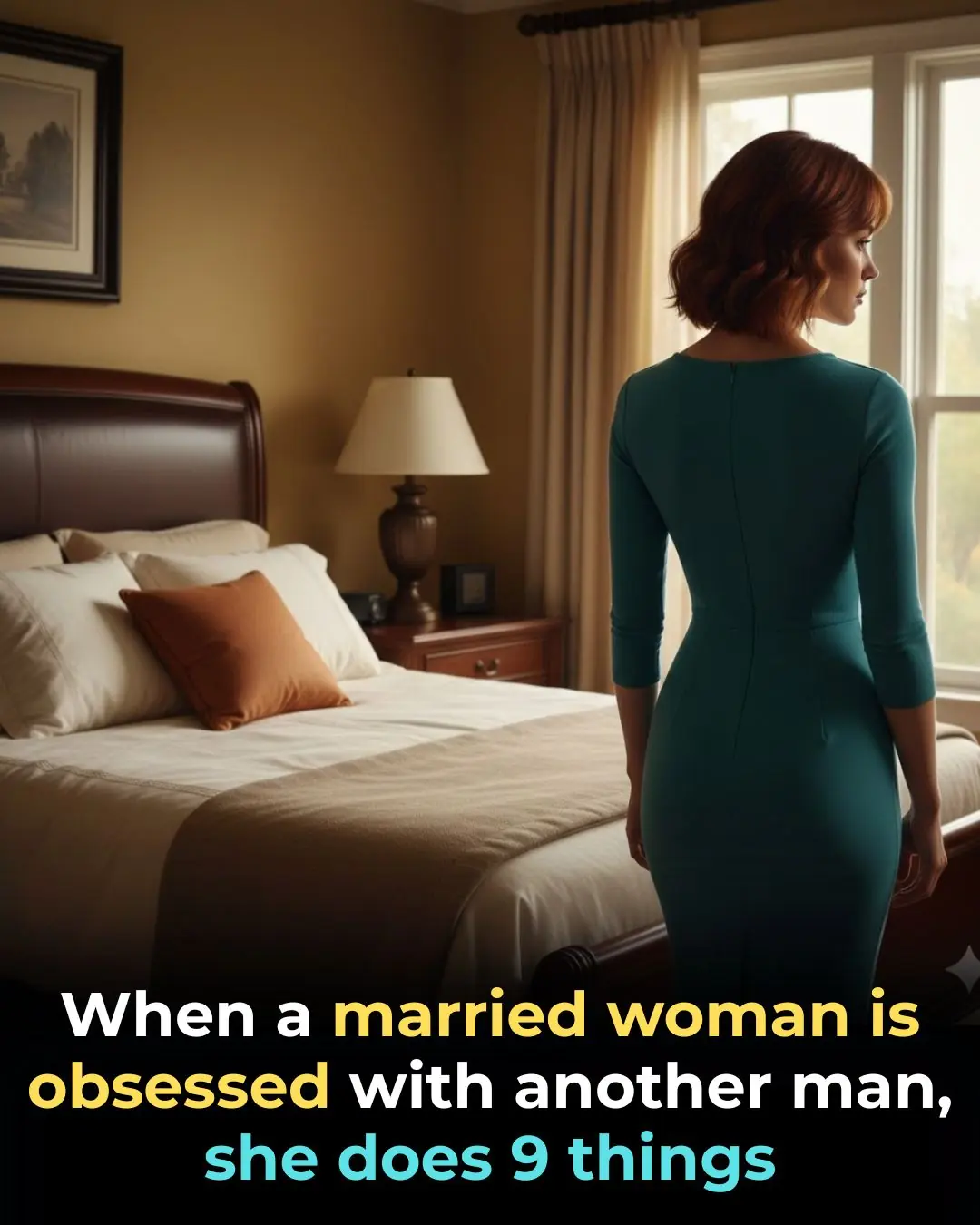
When a married woman is obsessed with another man, she does 9 things.

Dr. Joseph Dituri Sets Record With 93 Days Underwater — And Discovers Stunning Health Benefits

The Mystery of the Blue Stop Sign
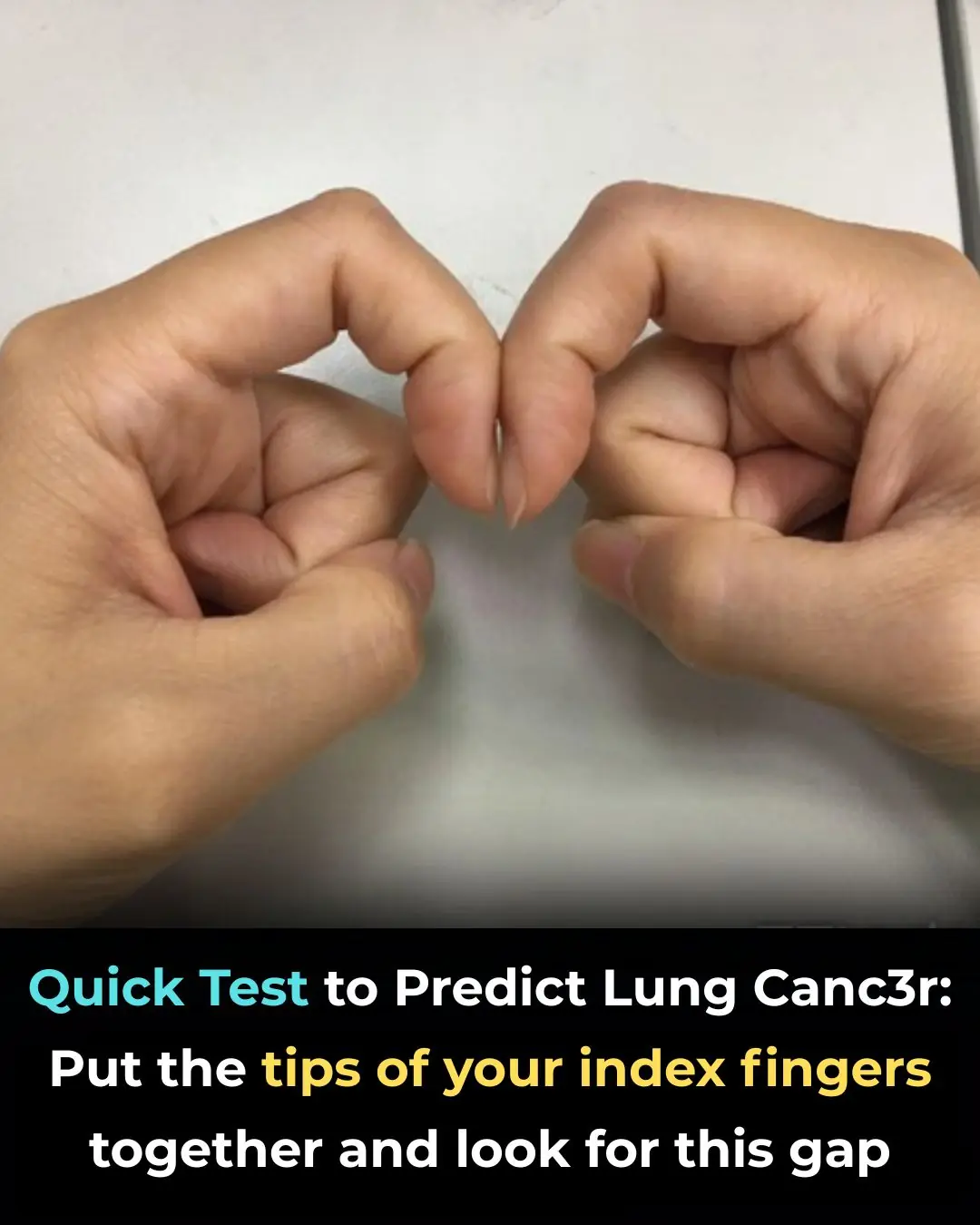
The Simple “Finger Test”
